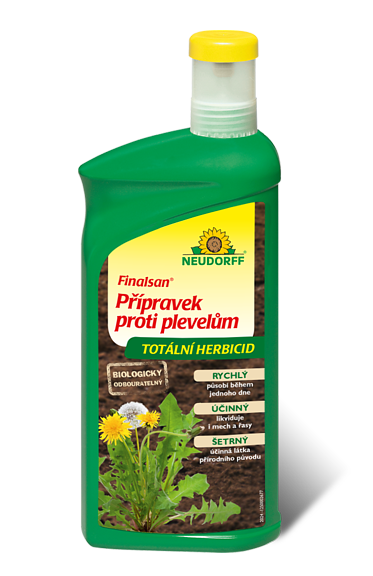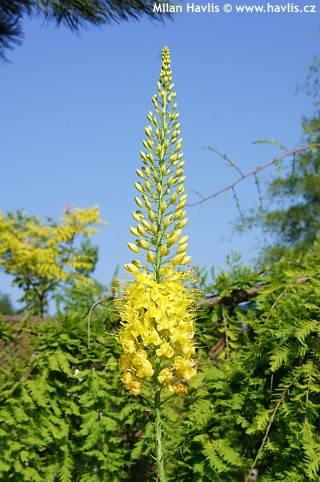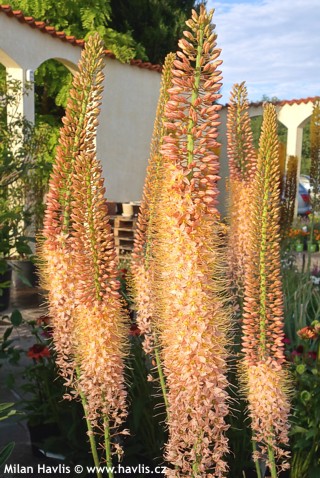Eremurus x isabellinus 'Cleopatra' desert candle
Desert candle is a perfect name for this attractive perennial. Or foxtail lily is even funnier and tells the truth, too. This plant has sturdy stems that can grow up to 1.5m tall where half of the stem is decorated with small flowers of various colours.
Cleopatra is a hybrid between eremurus olgae and eremurus stenophyllus where the second one gave this variety the warm tint of yellow colour while common eremurus is usually white or pink. Cleopatra is therefore a merge of yellow and pink that resulted in apricot orange flowers that are formed in upright racemes. They open individually from the bottom upwards in mid June and continue flowering for about 4 weeks. The leaves are lance shaped, pale blue-green or grey green and die back after flowering.
The leaves are lance shaped, pale blue green to grey green, and die back after flowering. That is why it makes sense to accompany foxtail lily with late emerging plants which fill in the empty space when it becomes dormant for the rest of the season. Good choices are late emerging and flowering perennials such as summer hypericum or late summer to early autumn flowering ceratostigma or some non-invasive ornamental grasses which make most of mass and foliage in midsummer.
This perennial needs very well-drained soil mixed with sand to keep the roots from rotting. It should be reasonably fertile and fed once the leaves unroll until the flowers fade out. Its roots are fleshy and very fragile – be extra careful when transplanting it not to break them and don’t dig around the plant ever more. Winter mulching is recommended for colder areas. Grow it in full sun with shelter from strong wind and protect early emerging shoots from strong late frosts. Hardy to about -29 °C.
Last update 14-06-2011; 27-06-2021











































